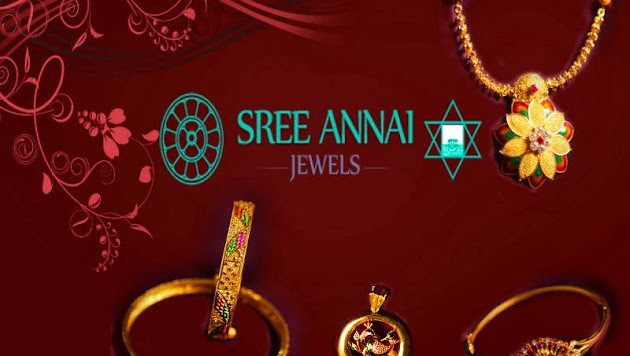Women's warddrobe would look as "something missing" if jeweleries aren't placed.From earrings to bracelets to necklaces and rings, accessorizing are a key part of it.
It is common knowledge that the jewelry is often what makes the outfit- better!
Gems are from God as tears. During Ancient times, it was a widespread belief that various gemstones were gifts from their Gods.
In the thirteenth century, European law brought in the status of Jewelry by restricting the accesories according to status.Only noblemen were allowed to wear girdles and coronals made of silver, gold, gemstones, or pearls. Even the artisans who crafted the jewelry were forbidden from wearing gold or silver!
By the twelfth century, artisans came up with crafting imitation jewelries. Because of their symbols of luxury and status, nobles and royals were clamoring for jewels.Some of these imitation jewels were used for plays, funerals, or children's accessories, and so were intended to be fake. However, many more were designed to fool the purchaser.
The nineteenth century gives facts about mourning Jewelry. Prior to the nineteenth century, people mourning the death of loved ones were forbidden from wearing jewelries or adornment of any kind. after the death of Prince Albert, Queen Victoria began to wear jewelry made from jet and other black materials. This became quite fashionable, and artisans also began weaving locks of departed loved one's hair into the jewelry.
Costume jewelry was not considered an acceptable substitute for real gems until the middle of World War II. During the war, the precious metals and gems needed to create fine jewelry were simply not available. At this time, it became more widely acceptable to wear imitation jewelry as an alternative to going out unadorned.

No comments:
Post a Comment